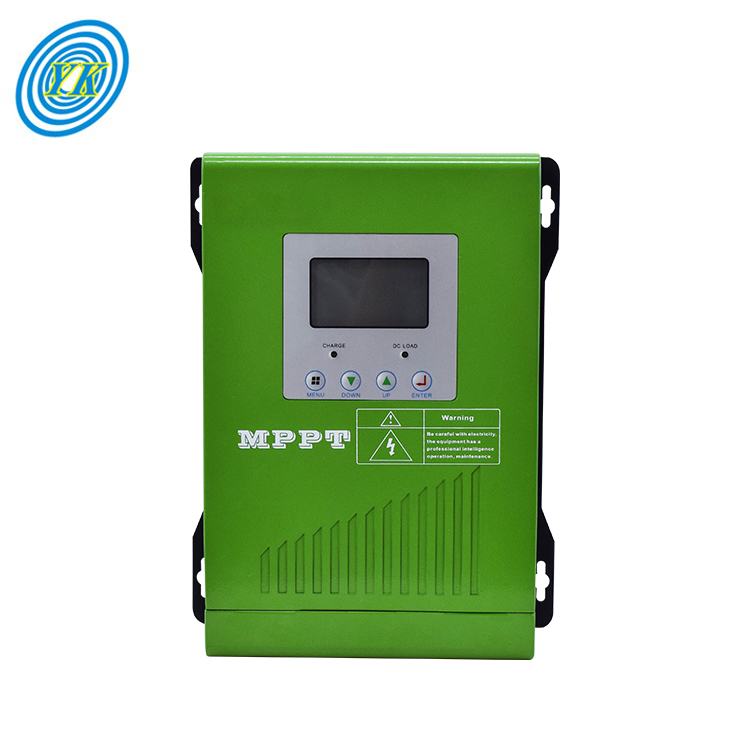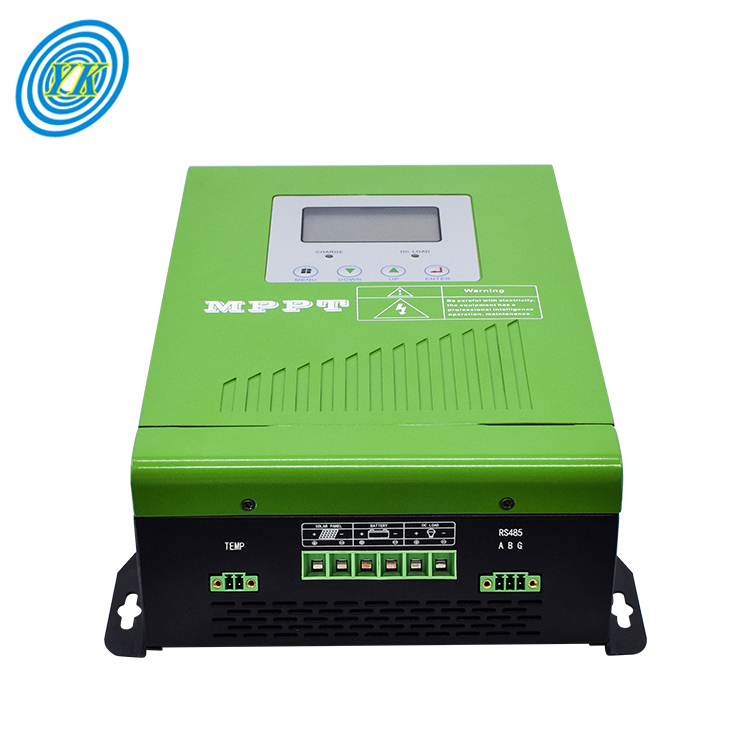News
MPPT controller
Click: 1419 Date: 05/31/2023 08::51::35 AM
An MPPT controller is a sophisticated electronic device that monitors the power output of a solar panel system and adjusts the output voltage and current to maximize power transfer. MPPT controllers work by tracking the maximum power point (MPP) of the solar panel system, which is the voltage that yields the highest output power from the panel. By continuously monitoring the system's power output, MPPT controllers can adjust the load to ensure that the system operates at its maximum output power.
Benefits and Features:
MPPT controllers offer several benefits and features that make them a popular choice for solar energy systems. Some of these include:
- Improved Efficiency: MPPT controllers can improve the efficiency of a solar panel system by up to 30% compared to traditional charge controllers.
- Flexible Design: MPPT controllers are designed to work with various types of solar panels and battery systems, making them a versatile choice for solar energy applications.
- Advanced Monitoring:
Such as real-time performance data and fault detection, which enable users to diagnose and fix issues with the system quickly.
- Battery Protection: MPPT controllers safeguard the battery system by preventing overcharging or discharging, which can extend the lifespan of the batteries, reducing operational and maintenance costs over time.
Applications:
MPPT controllers find widespread use in various solar energy applications, including:
- Off-grid residential and commercial solar systems
- Solar lighting and water pumping systems
- Solar-powered electric vehicles such as boats and RVs
- Industrial and utility-scale solar power plants
In conclusion, MPPT controllers are essential devices that aid in optimizing the power output of solar panel systems. With their advanced features and flexibility, they offer an efficient and cost-effective solution for individuals and businesses looking to reduce their carbon footprint and energy costs.

